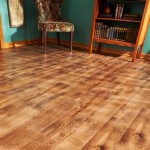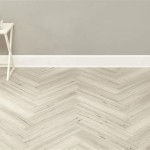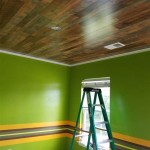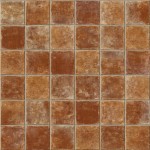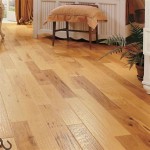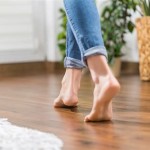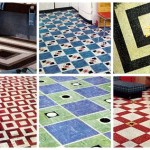Sanding hardwood floors yourself is a great way to save money, but it can be a challenging and time-consuming task. Doing it yourself requires careful preparation and attention to detail to ensure that the job is done correctly and efficiently. Here are some tips and tricks to help you sand your hardwood floors DIY.
1. Preparation
Before beginning the sanding process, it is important to thoroughly prepare the area. Ensure that the room is clear of furniture and debris, and vacuum the floor to remove any dust and dirt. If there are any nails sticking out, hammer them down so they don’t get in the way. Additionally, make sure to check for any cracks or crevices in the floor that may need to be filled with wood putty before sanding.
2. Selecting the Right Sandpaper
The type of sandpaper you use can have a big impact on the end result. Generally, coarser sandpaper should be used for the initial sanding, followed by finer grits for the finishing touches. Additionally, it is important to consider the type of hardwood floor you have when selecting the sandpaper. For example, softer woods like pine require a finer grit than harder woods like maple.
3. Sanding Tips
When sanding, use a circular motion and move in the direction of the grain. Additionally, it is important to apply consistent pressure and keep the sandpaper flat against the floor. Start with the coarsest sandpaper and gradually move up to the finer grits. Go over the same area multiple times until the old finish is completely removed.
4. Vacuuming and Cleaning
Once the sanding is complete, use a vacuum to remove any remaining dust and dirt. If necessary, use a damp mop to clean the floor. Be sure to let the floor dry completely before applying the new finish.
5. Applying the Finish
After the floor is dry, it is time to apply the finish. There are a variety of finishes available, including polyurethane, oil-based, and water-based. Each type has its own pros and cons, so it is important to do some research and choose the one that best suits your needs. When applying the finish, use a brush or roller and be sure to follow the manufacturer’s instructions.
6. Finishing Touches
Once the finish is dry, you can apply a sealer if desired. This will provide extra protection to the floor and help extend its life. Additionally, you may want to consider applying a wax coating to the floor to give it a glossy shine. This will also help protect the floor from scratches and wear.
7. Maintenance
Once the sanding and finishing process is complete, it is important to maintain the floor properly. Regularly clean the floor with a damp mop and vacuum up any dust and dirt. Additionally, it is important to protect the floor from scratches by using pads under furniture legs and using mats in high-traffic areas. By following these tips and maintaining the floor on a regular basis, you can ensure that your hardwood floors look great for years to come.















Related Posts

